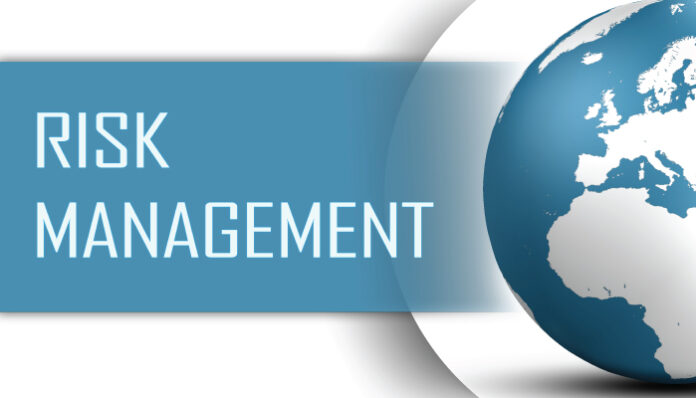Businesses that expect their employees to read a thick set of policies are likely to put off the staff who are not capable enough to understand the risks they are facing, thus taking a huge risk.
The financial crime risk is quite prevalent these days. No matter what the business is, they need to be aware of the risks the business model can face. Businesses are implementing heavy transaction monitoring to detect money-laundering activities. Below are some strategies that businesses can take to have strong financial-crime risk management-
Risk Assessment
A detailed risk assessment of the particular risks emerging from the business model is important in order to drive well-articulated risk management. The best policies root in the most well-thought-out risk assessments.
Even though all businesses have limited resources, financial-crime risk management requires businesses to focus on the key risks that they are facing as a way to utilize resources in the right way.
With a holistic risk assessment, businesses can assess all the financial-crime risks in all business areas, all departments will represent businesses more user-friendly and practically filled with effective policies.
Client Portfolio segmentation
Via client portfolio segmentation, businesses will be able to target and differentiate financial-crime risk management measures. Objective detection and transaction prohibition with bad actor operation costs are higher.
As the business has limited resources to monitor all transactions and customers equally. Therefore, suitable Payment Service Providers (PSPs) should be employed focusing more comprehensively on the potentially risky transactions & customers.
Businesses need to develop more nuanced segmentation models to leverage PSPs, as per real-time, updated data in order to enable targeted detection and a clear customer and transactions ranking proceeding from least to highest risk.
Team integration
PSPs are very competent in creating unified infrastructure and team integration across risk types, including fraud, AML, sanctions, and cyber-attacks. These help firms reach decisions- faster, while also improving the effectiveness of the corresponding controls. Businesses can use PSPs to access data from all risk disciplines and use that data to inform decision-making throughout all processes.
Financial-crime risk management requires the business to invest in developing solutions which can help them in getting several controls together, ensuring the journeys are compliant by design.
This process involves the utilization of data and controls for fraud detection and AML transaction which will monitor the identification of the trends and suggest correlations with money laundering and other prohibited activities. This process of financial-crime risk management includes the integration of the various anti-financial crime controls that are applied to certain products or services to avoid any customer dissatisfaction.
Data-driven risk management
Leveraging innovative technologies and data will enable PSPs to run constantly and monitor solutions, the design of which is informed by tailored data analysis rather than expert judgment only.
Businesses must employ those PSPs who can aim to design intelligent automated processes, machine learning, and analytical approaches wherever required. These tools can enhance the effectiveness of financial-crime risk management and reduce false-positive rates and reliance on labor-intensive processes.
Also Read: Lead Cybersecurity Risk Management in Three Crucial Steps
Customer-centric
The financial-crime risk management requires no negative impact on customer experience (CX). Instead, the anti-financial crime controls embedded in the customer journey must enhance customer experience and trust in the PSP.
Faster transaction processes, enhanced easy interaction via digital channels, external data use and user-friendly interfaces, are some must-have features for business. While designing for a new product, businesses must focus on financing that ensures sharing of documents requested from clients in advance.
Enabling a holistic view of controls and creating transparency for customers on the requirements and their purposes are paramount to ensure a smooth customer experience (CX).
For more such updates follow us on Google News ITsecuritywire News. Please subscribe to our Newsletter for more updates.









